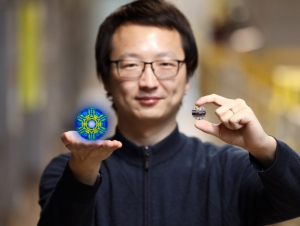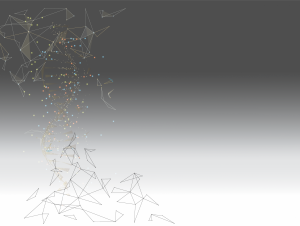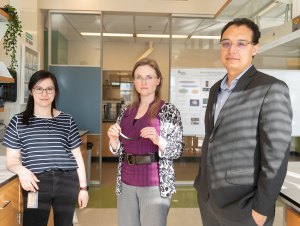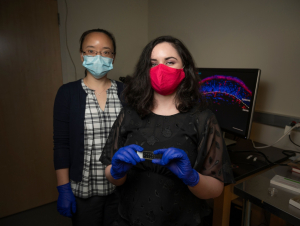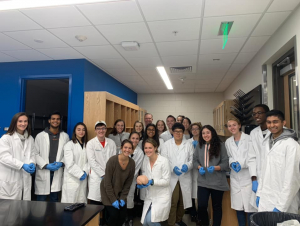To request a media interview, please reach out to experts using the faculty directories for each of our six schools, or contact Jess Hunt-Ralston, College of Sciences communications director. A list of faculty experts is also available to journalists upon request.
Latest News
School of Biological Sciences’ Jeffrey Skolnick and Hongyi Zhou are part of an award-winning NIH effort to create innovative, AI-powered platforms for discovering new pain management drugs — and identify immediate solutions.
Advanced materials with more novel properties are almost always developed by adding more elements to the list of ingredients. But quantum research suggests some simpler materials might already have advanced properties that scientists just couldn’t see, until now, thanks to new work from researchers at Georgia Tech and the University of Tennessee–Knoxville.
Georgia Tech Institute for Materials (IMat) has created a new Science Advisor position and a team of Initiative Leaders to shape the future of IMat. School of Physics' Martin Mourigal will serve as 2021 Science Advisor, and Chandra Raman as 2021 Initiative Lead for Condensed Matter: Materials for Quantum Science and Technology.
New findings could point the way to a therapeutic treatment for Alzheimer's with the potential to slow the incurable disease's advance, thanks to a study led by Annabelle Singer (Coulter BME) that examined whether a technique of flickering lights and sound — which has been found to reduce Alzheimer's in mice — was viable to try with humans. Qiliang He, a postdoctoral fellow in the School of Psychology, is first author for the study.
In their study, the researchers identified a specific neuron population that controls itching in ‘glabrous’ skin -- the smoother, tougher skin that’s found on the palms of hands and feet soles. Itching in those areas poses greater difficulty for sufferers and is surprisingly common.
School of Biological Sciences’ Adam Decker led the initiative to add cadaveric specimens to anatomy curriculum at Georgia Tech. Now, with rapidly growing classes and labs, he’s looking at how technology and training can complement “hands-on anatomy”— a first-of-its-kind effort on campus.


